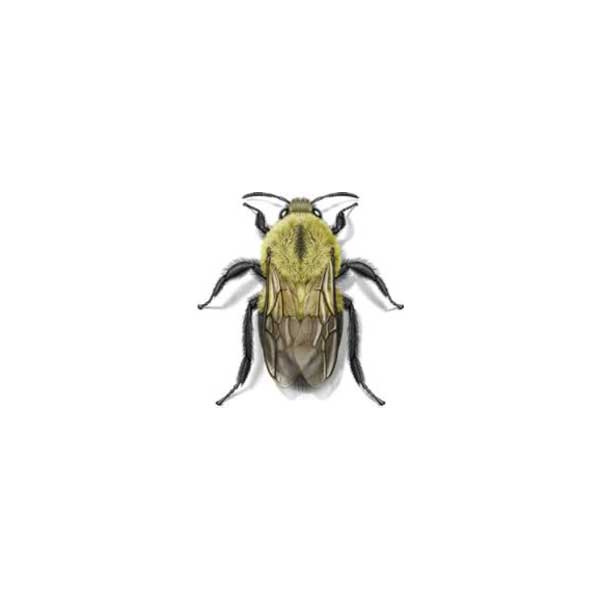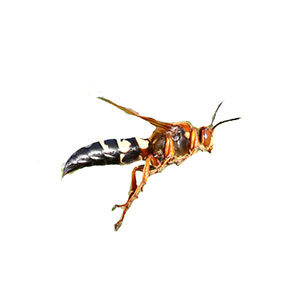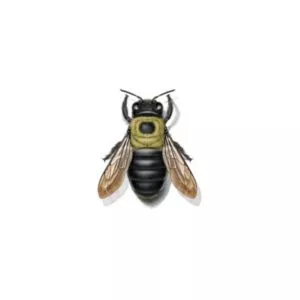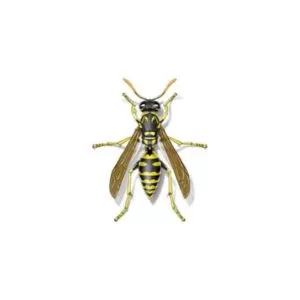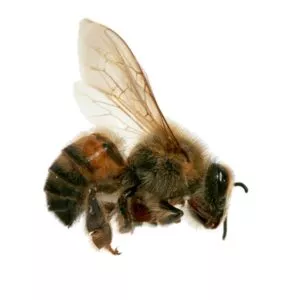Bumblebees in Knoxville TN
There are more than 255 species of bumblebees worldwide. Bumblebees are large and robust insects covered with densely branched setae (hairs). They have short stubby wings and are beneficial as pollinators for many kinds of crops and ornamentals. Their wings beat 130 times or more per second according to the National Wildlife Federation. The beating combined with their large bodies vibrates flowers until they release pollen, which is called buzz pollination. This helps plants produce more fruit. The only bumblebees to survive winter are the queens. They hibernate in the soil in a location that will not warm up too quickly or too early in the spring (to avoid a potentially lethal early emergence). After emerging from an overwintering site, a lone queen seeks out a suitable site to begin a new colony.
Bumblebee Habitat
Bumblebee colonies are small, containing a dozen to a few hundred workers. Most bumblebees nest in the ground, using deserted rodent burrows and shallow cavities excavated beneath patio stones, landscaping timber, piles of compost, and within dense patches of grass. Above ground, they will occupy abandoned bird nests and fiberglass-insulated structural voids associated with outside walls, patio roofing, and decks.
Bumblebee Behavior, Threats, or Dangers
Since their stinger is smooth, bumblebee workers and the queens can sting more than once. Male bumblebees, on the other hand, cannot sting at all since they do not have a stinger. As part of the aggressive defense of their nests, bumble bees will chase invaders for a considerable distance. The bumblebee sting is considered to be one of the most painful. If you have an abundance of bumblebees near your property, it’s important to contact your local bee control team for assistance.
Need help with Bumblebee control?
We'll call you! Leave your information below.
